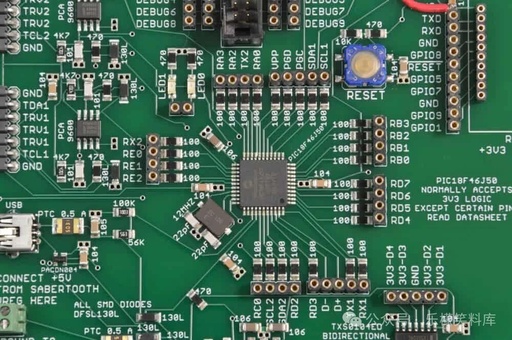Middleware Design Patterns in Go: 8 Common Interception Techniques for HTTP Request Handling
Click the above“blue text” to follow us Middleware Design Patterns in Go: 8 Common Interception Techniques for HTTP Request Handling “Boss, we have repeated the login validation logic in our system over a dozen times, and the code is everywhere!” Little Wang, who just joined a few days ago, ran over with a frown and … Read more









